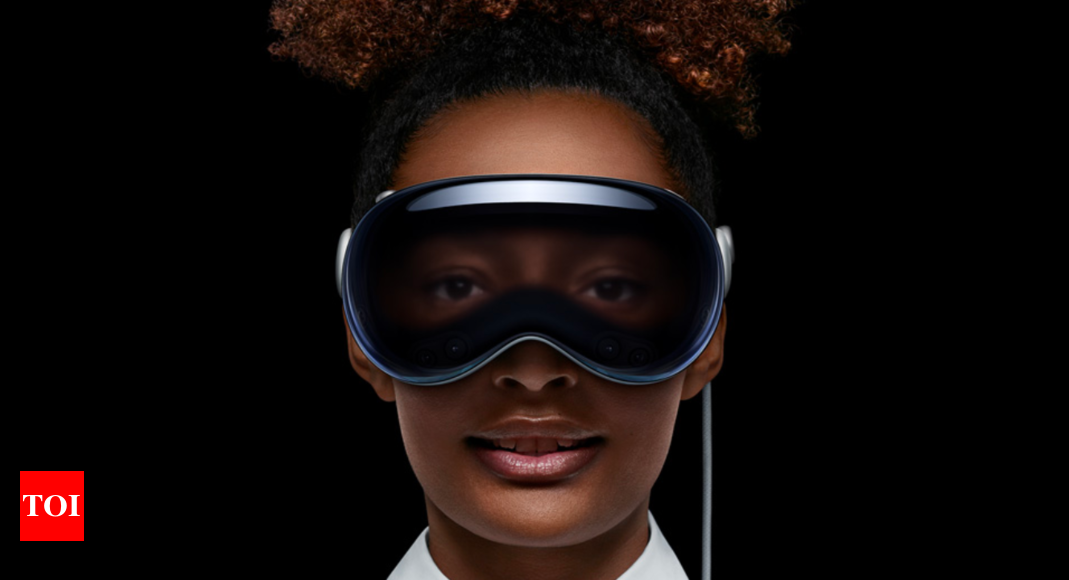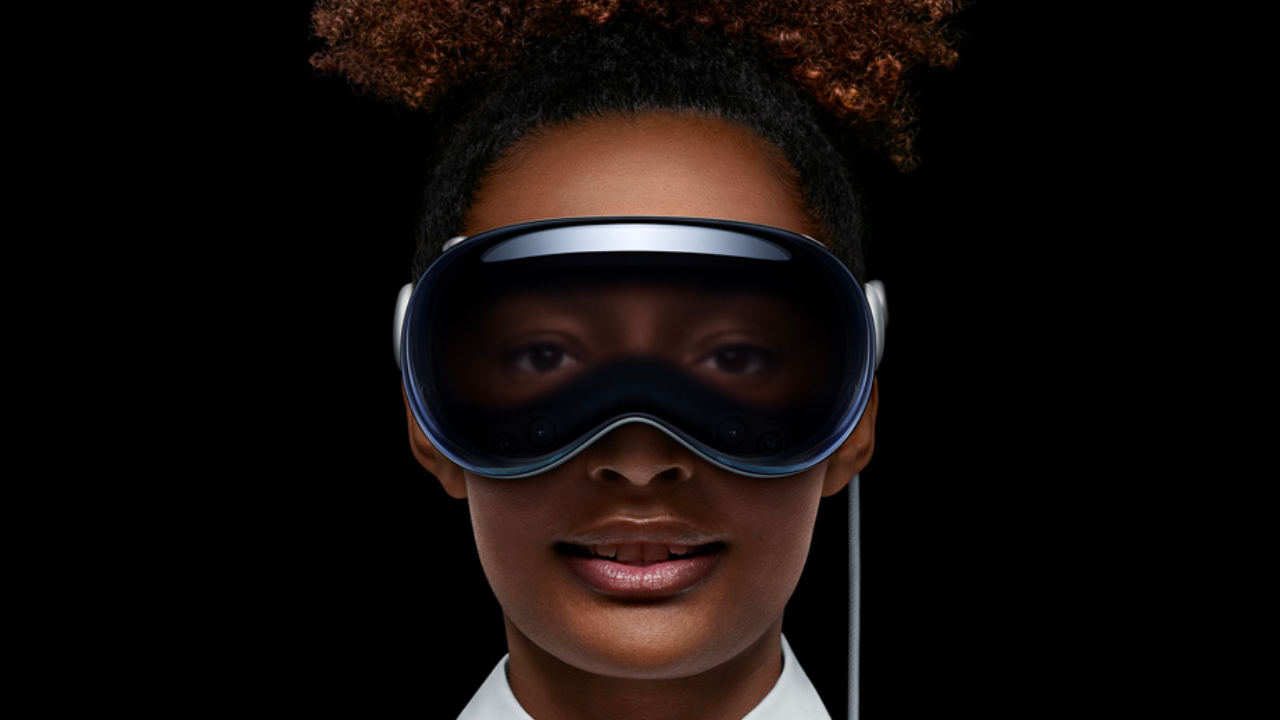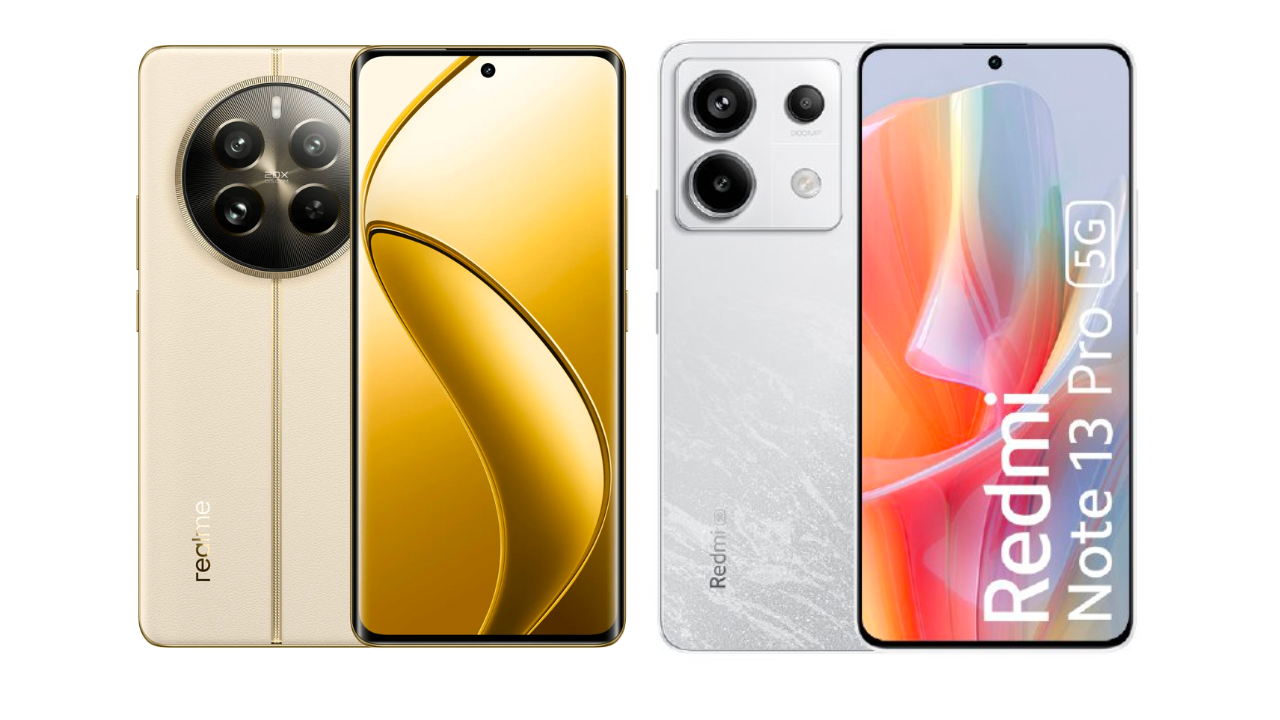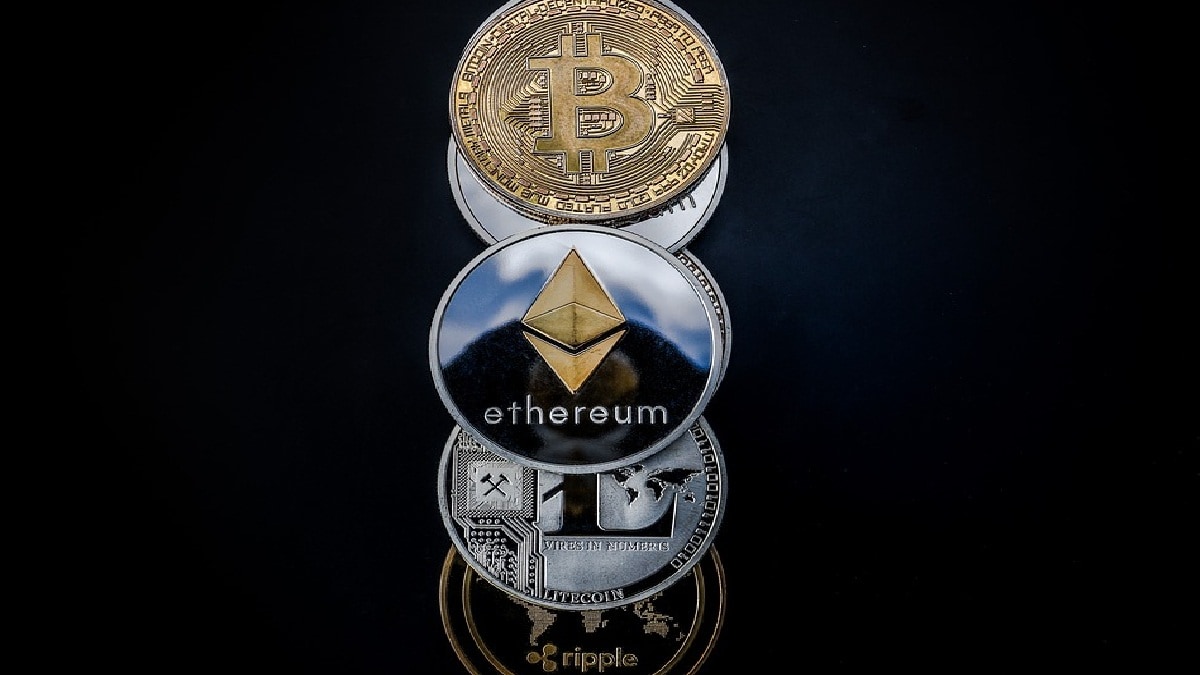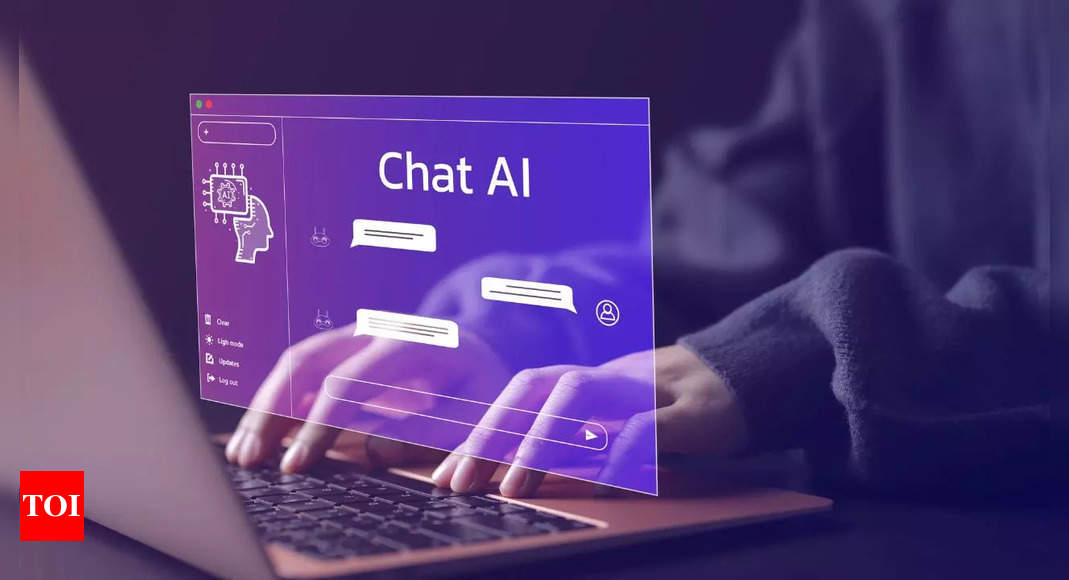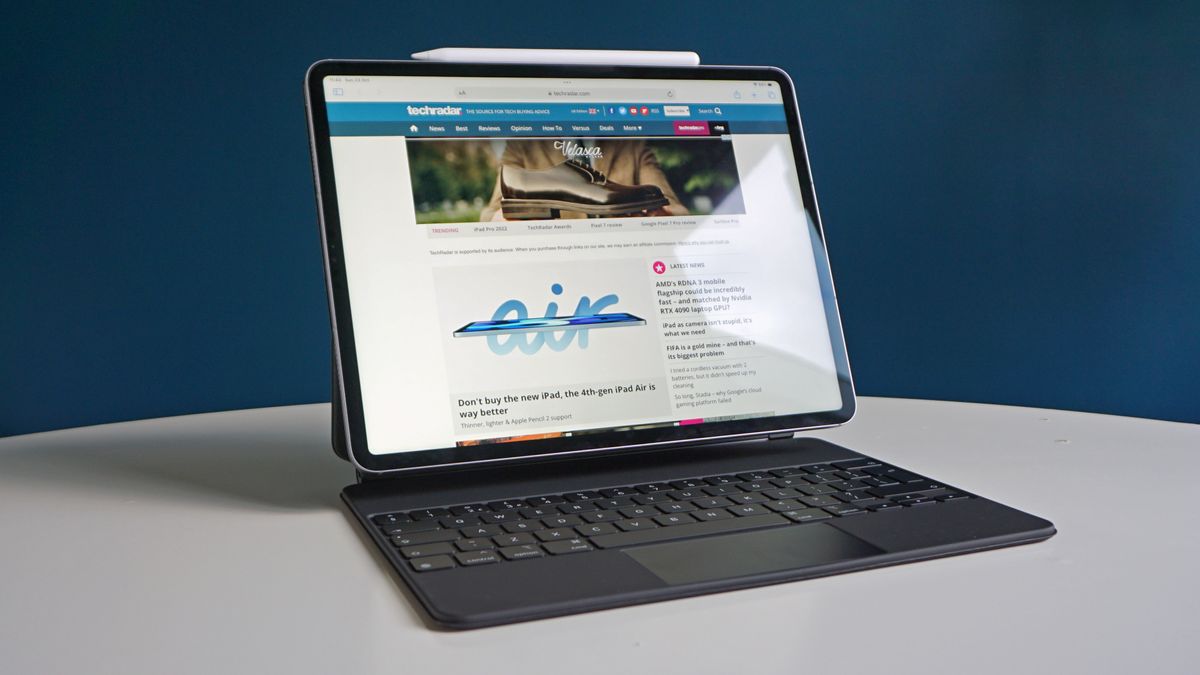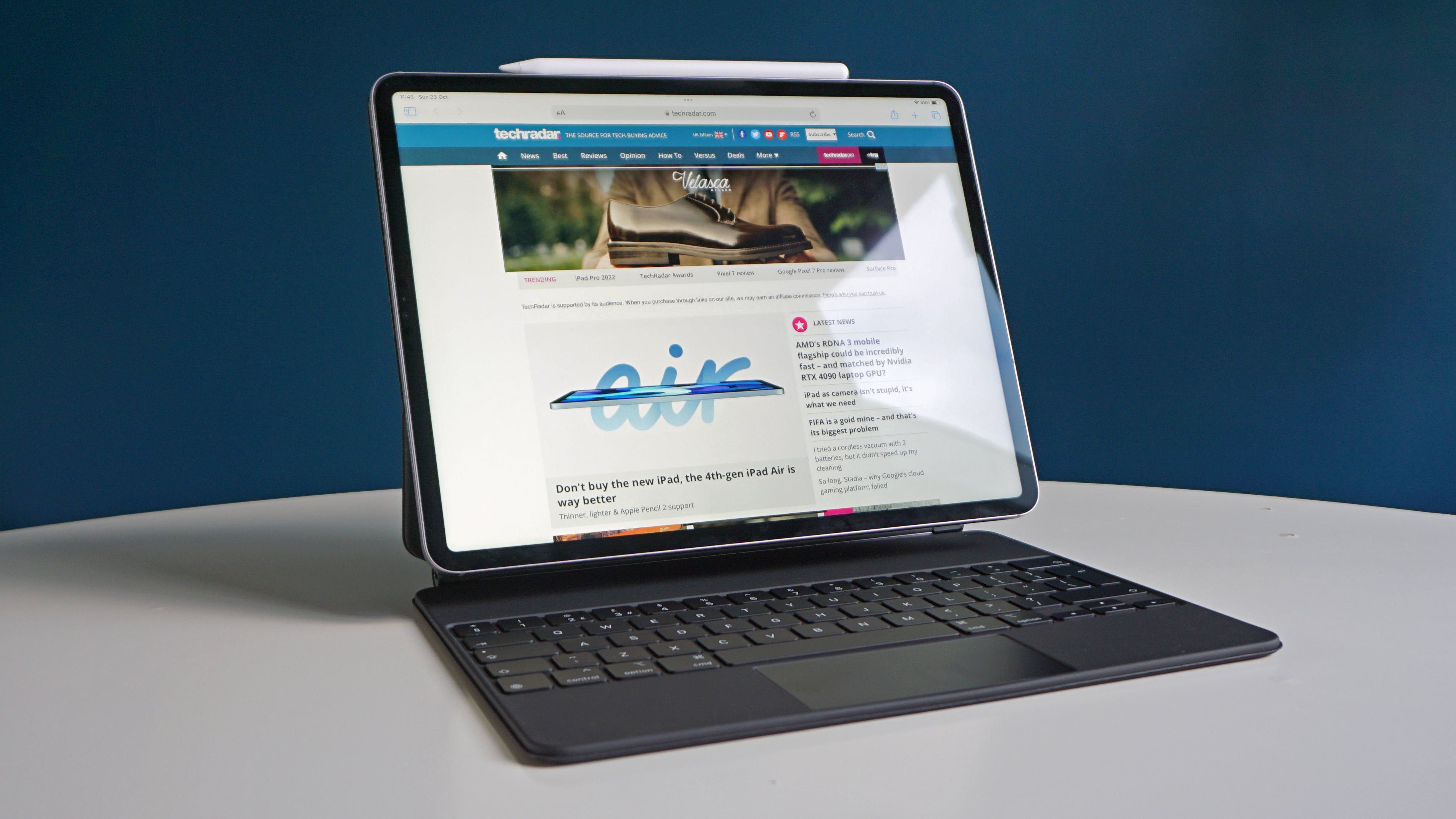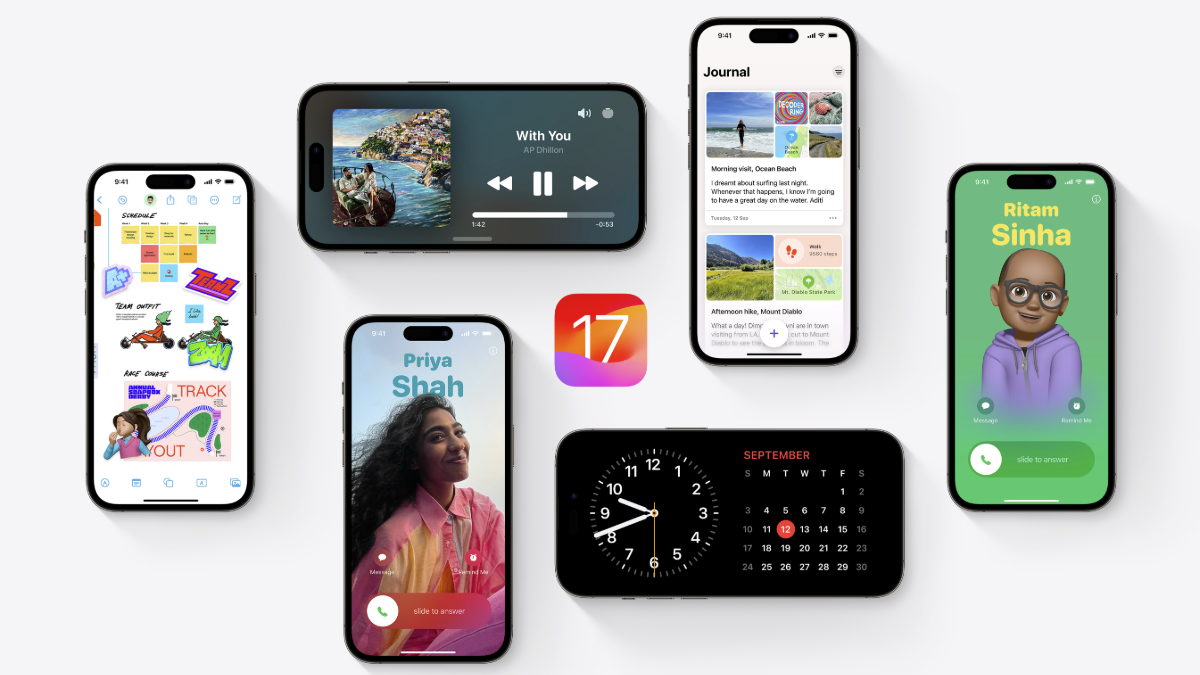AMD’s RX 7800 XT appears to be getting price cuts to make the graphics card more competitive compared to rival Nvidia GPUs, or at least there are hints of this in the US.
Remembering that the official MSRP of the 7800 XT is $499.99 (though custom third-party models can be more expensive), VideoCardz spotted that ASRock’s Challenger RX 7800 XT has dropped to $489.99 on Newegg. This is after a discount code for $10 is applied at checkout, mind, but as the tech site notes, this is the lowest we’ve seen this AMD GPU at.
However, we noticed that now – at the time of writing – there’s a cheaper model, with Gigabyte’s RX 7800 XT Gaming OC being discounted to $479.99, again with a discount code at checkout. Remember, this is a model with a decent overclock too (it’s capable of boosting to 2565MHz, above the reference boost speed of 2430MHz).
That’s a sharp value proposition for what is an excellent gaming GPU that’s currently ranked top of our list of the best graphics cards no less, and which has been selling well in recent times.
If sales are good, and the card is excellent, you might ask: why the price drop? Well, that’s all bound up in Nvidia’s new RTX refreshes and the rejig of the mid-range of Lovelace, as we’ll discuss next.
Analysis: Super news for consumers
We’re guessing that AMD might be whispering in the ears of its partners to lower pricing on key mid-range GPUs such as the 7800 XT due to the mentioned Nvidia launches, and these moves are the first tentative signs of this happening more broadly (indulge our speculation here).
Nvidia just brought out the RTX 4070 Super which shot into our best GPU rankings at number two, just behind the 7800 XT, and is now the best Nvidia graphics card out there in our opinion (pound for pound, as it were).
Here’s the crux of the matter, mind, which is that the RTX 4070 Super released at an MSRP of $599 in the US, which is the same as the vanilla RTX 4070 was pitched at, so Nvidia had to drop the latter to $549. And now it’s even lower than that, at $535 and $540 for two models on Newegg. So, it’s this getting near to the MSRP of the 7800 XT which is making AMD (seemingly) want to ensure that its mid-range champ keeps looking like excellent value.
Is this the start of some real jostling for position in the mid-range GPU arena? We think it might be, as it’s certainly possible that the RTX 4070 may sneak down even lower than it is now, so AMD’s partners may go a little further still with 7800 XT discounts. Bringing these GPUs down more to the level they should’ve been in the first place, in our books. (We still can’t get over having to pay $500, or the equivalent elsewhere, for a mid-range graphics card, and we don’t think we’re alone, but anyway – that’s another argument entirely).
Hopefully with these pricing moves in the US rumbling away, other regions will follow suit, especially if this is the result of nudging from AMD (which we don’t know, of course – but we can but hope).
As a side note, the RX 7700 XT is now at $440 for the cheapest model on Newegg US, so the upgrade to a 7800 XT is currently only a $40 extra outlay, making the lesser sibling look even shakier value than we already noted it was in our review. Are 7700 XT price cuts coming, too, then?
You might also like
